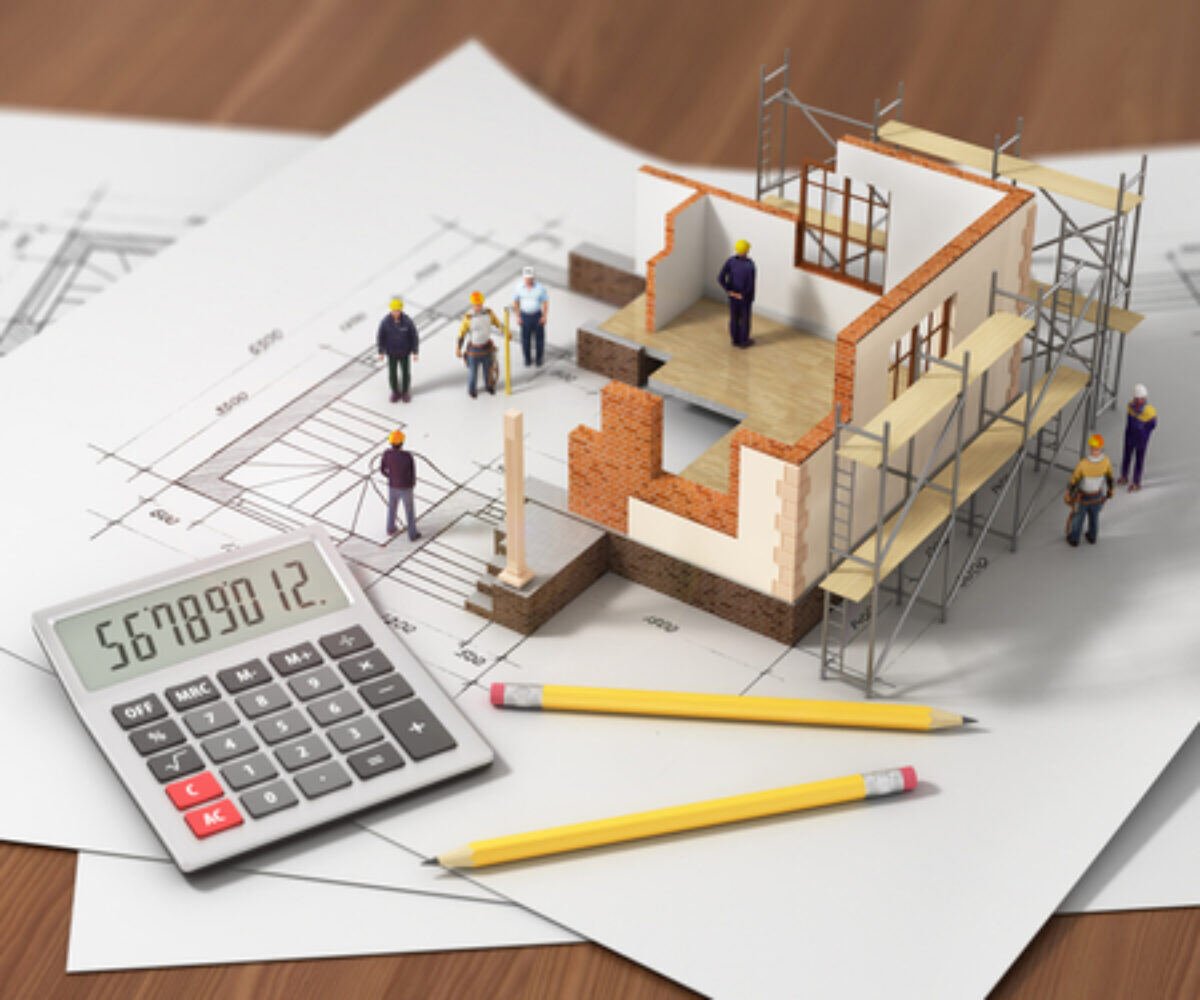How Does A New Home Construction Loan Work?

Choosing a new home construction loan is an important step in the process of building your custom home in the Denver Metro Area. Your custom home builder can help you understand and evaluate the options.
Construction loans differ from traditional mortgages in several ways, largely because they are a greater risk for the lender. When building a home, however, you will need to secure both a construction loan (at the start of the project) and a mortgage (once the home is completed and you are ready to move in).
Traditional Loans
A mortgage on an existing home is the most common type of home-purchase financing. While mortgages can vary in length and terms, most often they last for 30 years at a fixed interest rate, and the borrower makes monthly principal and interest payments for the life of the loan. Mortgages are obtained either through a conventional lender or through special programs such as FHA or VA. The existing home serves as collateral, which helps offset the risk to the lender and allows for favorable terms.
Construction Loans
A construction loan is underwritten to last the length of time it takes to construct the home (approximately 12 months on average). The borrower is given a line of credit up to a specified limit, and funds are accessed through draw requests to the lender. A construction loan is like having a credit card just for building costs until the home is completed. The borrower has access to funds and interest is only paid on the amount drawn. Once the house is built, the homeowner obtains a mortgage to pay off the balance of the construction loan. Because the risk to the lender is greater (because there is no collateral in the form of an existing home) interest rates tend to be significantly higher for this type of loan.
Types of Construction Loans:
One-step Construction Loans
The borrower selects the same lender for both the construction loan and mortgage. The process is streamlined; the borrower fills out the paperwork once for both loans and there is only one closing.
A one-step loan works well for tract homes, where the specific design has been built many times, so that the cost and timeline can be precisely estimated. Once the plans are approved, changes that add to the cost and/or delay completion must be fully paid for with cash upfront, because there is no longer a financing option.
Two-Step Construction Loans
With this type of loan, the borrower secures financing for the construction and the mortgage separately. While this entails additional paperwork and two closings, it offers greater flexibility if plans change or construction is delayed unexpectedly. Two-step loans make good sense for people building a custom home because it allows for changes and delays (within reason) without compromising either the construction loan or the mortgage.
Qualification and Down Payment
Some important factors to keep in mind when considering a custom home:
- Good credit is a must since these loans are perceived by lenders as being riskier than mortgage loans.
- Typically, 20% of the construction loan value is required through either cash or equity.
- The lender will need to see a construction timetable, detailed plans and a realistic budget. Be sure to include a sufficient amount of time for unforeseen delays, and understand how changes to the plans will affect the loan.
/Sheffield_Logo_Horizontal_Reversed.png)


